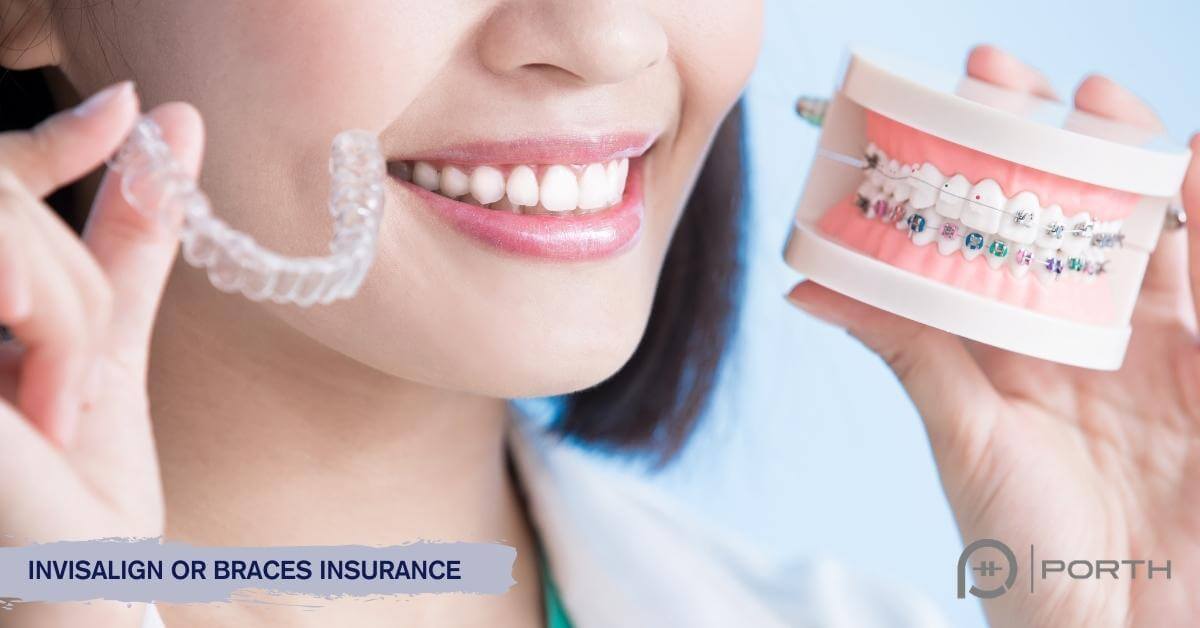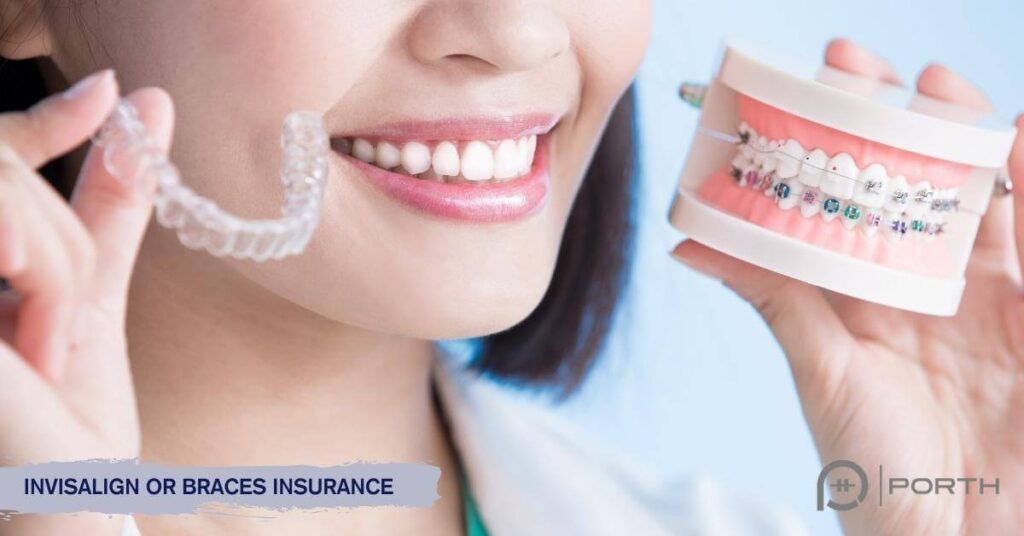Coverage Types
The coverage of braces by insurance varies depending on the type of insurance you have. Dental insurance, health insurance, and Medicaid may all provide coverage for orthodontic treatment, but the extent of coverage can vary widely.
Factors that determine coverage include your age, the type of orthodontic treatment you need, and the specific terms of your insurance policy.
Dental Insurance
Dental insurance typically covers a portion of the cost of orthodontic treatment, but the amount of coverage varies depending on the policy. Some dental insurance plans may cover up to 50% of the cost of braces, while others may only cover a small percentage.
Health Insurance
Health insurance typically does not cover orthodontic treatment unless it is deemed medically necessary. In some cases, health insurance may cover the cost of braces if they are needed to correct a birth defect or other medical condition.
Medicaid
Medicaid is a government health insurance program that provides coverage for low-income individuals and families. Medicaid typically covers orthodontic treatment for children under the age of 19 if it is deemed medically necessary.
In-Network vs. Out-of-Network Providers

Dental insurance plans typically have a network of dentists who have agreed to provide services at a discounted rate. These dentists are known as in-network providers.
If you choose to see an out-of-network provider, you may be responsible for paying a higher portion of the cost of your braces. This is because out-of-network providers are not bound by the same fee schedules as in-network providers.
Cost Comparison
- In-network providers: Typically have lower fees and higher coverage
- Out-of-network providers: Typically have higher fees and lower coverage
The difference in cost between in-network and out-of-network providers can vary depending on the type of braces you need and the location of the provider.
Orthodontic Procedures Covered
Orthodontic insurance coverage typically extends to a range of procedures aimed at correcting misaligned teeth and improving overall oral health. These procedures may include:
- Braces: Traditional metal braces, ceramic braces, and clear aligners are commonly covered by insurance plans.
- Expanders: Devices used to widen the upper or lower jaw, creating space for teeth to align properly.
- Retainers: Worn after orthodontic treatment to maintain the corrected tooth position.
- Headgear: Used to correct jaw alignment and bite problems.
- Surgical orthodontics: In certain cases, surgery may be necessary to correct severe jaw or bite issues.
It’s important to note that coverage for specific procedures may vary depending on the insurance plan and individual circumstances. Some plans may have limitations or exclusions for certain procedures, such as cosmetic treatments or procedures deemed not medically necessary.
Exclusions and Limitations
Insurance plans often exclude certain orthodontic procedures from coverage, including:
- Cosmetic treatments: Procedures primarily aimed at improving the appearance of teeth, such as teeth whitening or cosmetic bonding.
- Non-medically necessary procedures: Procedures that are not deemed essential for maintaining oral health, such as purely aesthetic braces.
- Procedures performed outside the age limits: Some plans may only cover orthodontic treatment for children and adolescents within a specific age range.
Copayments and Deductibles
Copayments and deductibles are important aspects of orthodontic coverage. Copayments are a fixed amount that you pay for a specific orthodontic service, such as an office visit or a procedure. Deductibles, on the other hand, are the amount that you must pay out-of-pocket before your insurance coverage begins.
The amount of your copayments and deductibles will vary depending on your insurance plan and provider. Some plans may have higher copayments but lower deductibles, while others may have lower copayments but higher deductibles. It is important to compare the different plans available to you to find the one that best meets your needs and budget.
Here are some additional details about copayments and deductibles:
- Copayments are typically due at the time of service.
- Deductibles are usually paid annually.
- Copayments and deductibles are not the same as premiums. Premiums are the monthly or annual payments that you make to your insurance company to maintain your coverage.
It is important to understand how copayments and deductibles work before you start orthodontic treatment. This will help you to budget for the cost of your treatment and avoid any surprises down the road.
Pre-Approval and Claims Process
Navigating the pre-approval and claims process for orthodontic treatment is crucial to maximize insurance coverage. Understanding the steps involved and following the guidelines can help you get the necessary approvals and reimbursements efficiently.
Obtaining Pre-Approval
Most insurance plans require pre-approval before orthodontic treatment begins. This involves submitting a treatment plan from your orthodontist to your insurance provider for review. The plan should Artikel the proposed treatment, estimated costs, and expected duration.
The pre-approval process typically takes several weeks. Your insurance provider will assess the plan and determine if the treatment is medically necessary and covered under your policy. They may request additional information or a consultation with a designated dentist or orthodontist.
Claims Process
Once treatment has begun, you will need to submit claims to your insurance provider to receive reimbursement. Claims should include receipts for orthodontic services, along with any supporting documentation, such as pre-approval letters or treatment notes.
To maximize reimbursement, follow these tips:
- Submit claims promptly after receiving services.
- Keep accurate records of all payments and receipts.
- Review your Explanation of Benefits (EOB) carefully and contact your insurance provider if you have any questions or discrepancies.
- Consider using an online claims portal or mobile app for easy submission and tracking.
Additional Considerations
In addition to the factors discussed earlier, several other considerations can impact insurance coverage for braces.
One important factor is family history of orthodontic issues. If a close family member has had orthodontic treatment, it increases the likelihood that a child will also need braces. This is because orthodontic problems often have a genetic component.
Medical Necessity of Treatment
Another factor that can affect coverage is the medical necessity of treatment. Braces are typically covered by insurance if they are considered medically necessary. This means that the braces are needed to correct a functional problem, such as an overbite or underbite. Cosmetic braces, on the other hand, are not usually covered by insurance.
Duration of Treatment
The duration of treatment can also affect coverage. Some insurance policies have a lifetime maximum for orthodontic coverage. This means that the insurance company will only pay for a certain amount of orthodontic treatment over a lifetime. If the treatment is expected to take longer than the lifetime maximum, the patient may be responsible for paying for the remaining costs.






